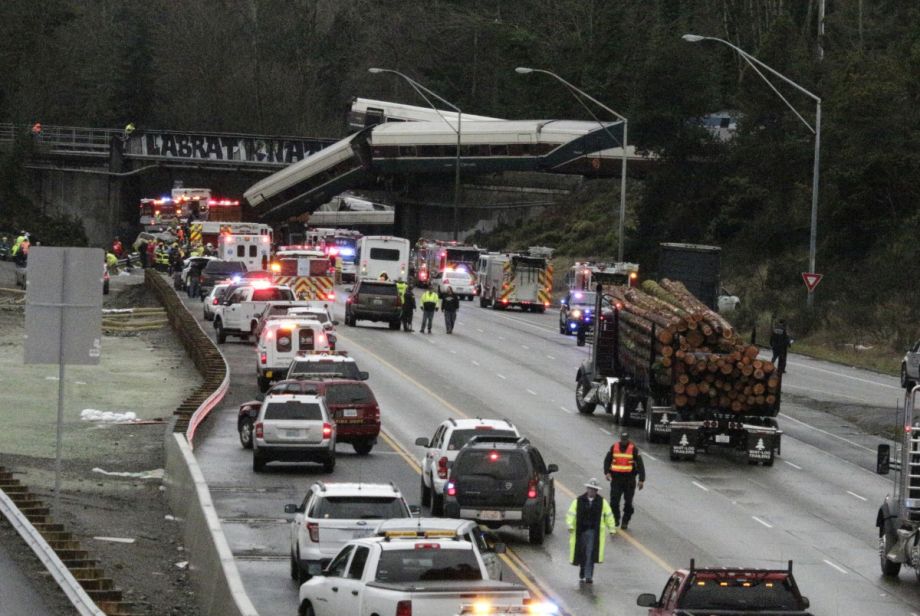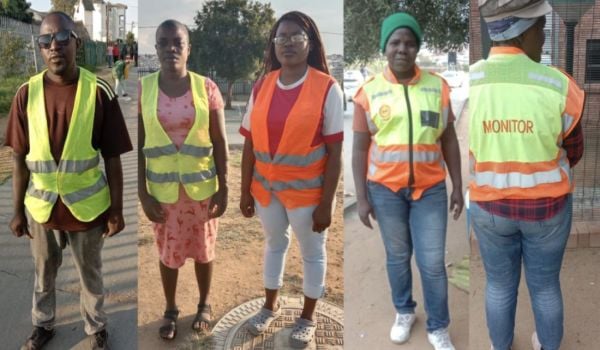Amtrak may suspend service on tracks lacking advanced speed controls by the end of 2018, a top executive said last week.
Railroads face a December 31 deadline set by Congress for installing a GPS-based system called Positive Train Control (PTC), which slows trains that are going too fast, takes control when an engineer is incapacitated and generally prevents crashes, the Associated Press reports. But some railroad officials have asked for an extension until 2020, citing equipment issues and testing delays.
Amtrak President and CEO Richard Anderson told a House subcommittee last week that the company is worried passengers are being endangered by those delays — particularly on tracks his company uses but doesn’t own, such as track owned by freight carriers. Those tracks make up a large portion of Amtrak’s network, according to the AP. Anderson says Amtrak may quit running trains on third-party tracks that receive extensions on the PTC deadline.
That decision could impact commuters who use regional carriers like MARC and NJ Transit, which may not be able to run on certain Amtrak-owned tracks starting in 2019. But Anderson was reportedly bullish in front of the subcommittee.
“Without PTC, the system is too vulnerable to single points of failure many of which are dependent upon the memory of a single human being interacting with a big, complicated system,” he said. “When an engineer loses situational awareness or forgets a rule, we have no systems to assist them and help them prevent that error.”
As Next City has covered, two Amtrak trains have been involved in fatal crashes on third-party tracks recently — one in Washington state south of Seattle and one in Cayce, South Carolina.
The Washington train was going 80 miles per hour on a curve with a 30 mile-per-hour speed limit. Its collision served as a potential setback for Washington Governor Jay Inslee’s vision of a high-speed rail line between Seattle and Vancouver.

Rachel Dovey is an award-winning freelance writer and former USC Annenberg fellow living at the northern tip of California’s Bay Area. She writes about infrastructure, water and climate change and has been published by Bust, Wired, Paste, SF Weekly, the East Bay Express and the North Bay Bohemian
Follow Rachel .(JavaScript must be enabled to view this email address)











